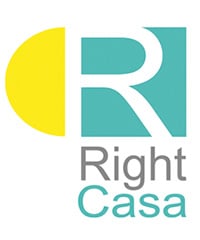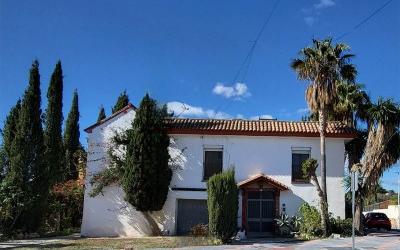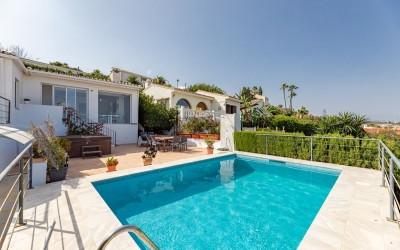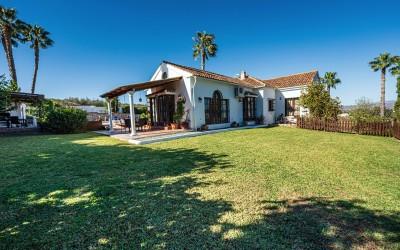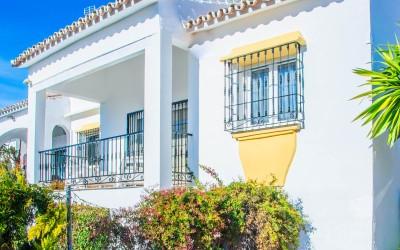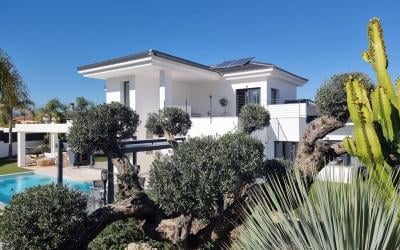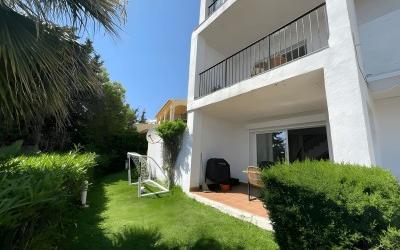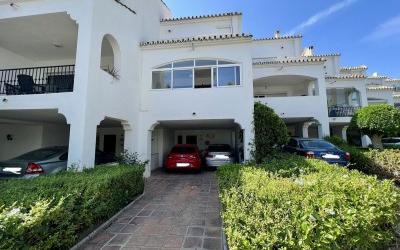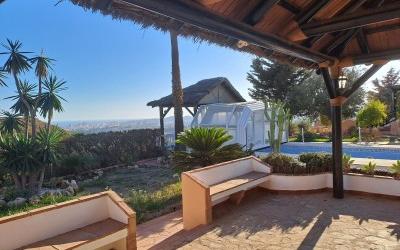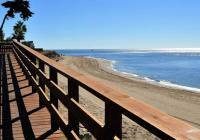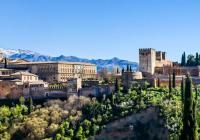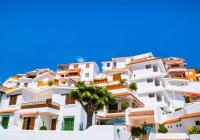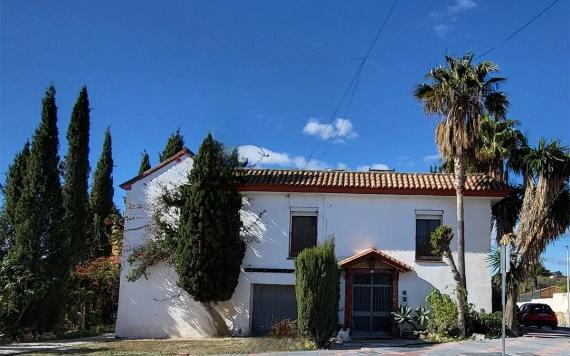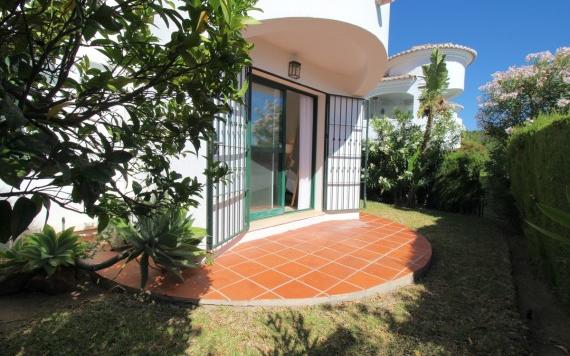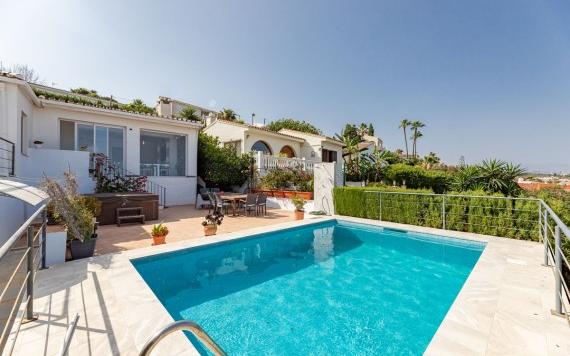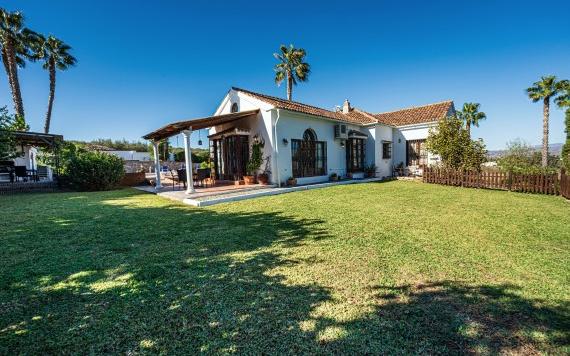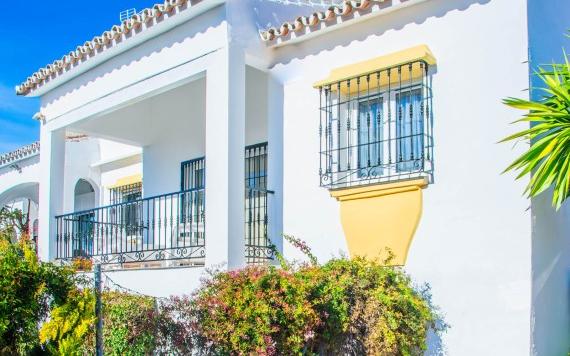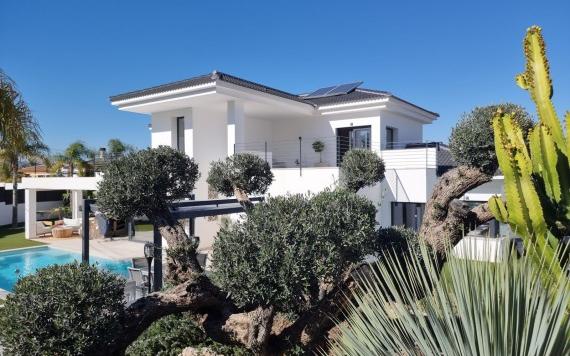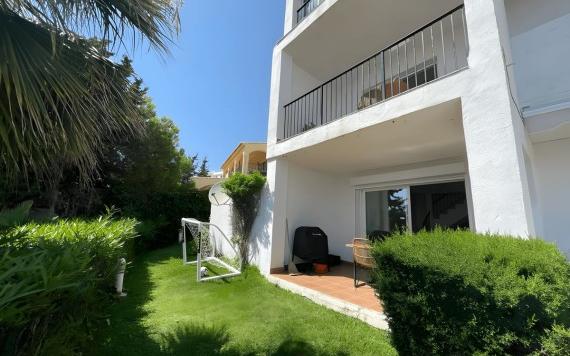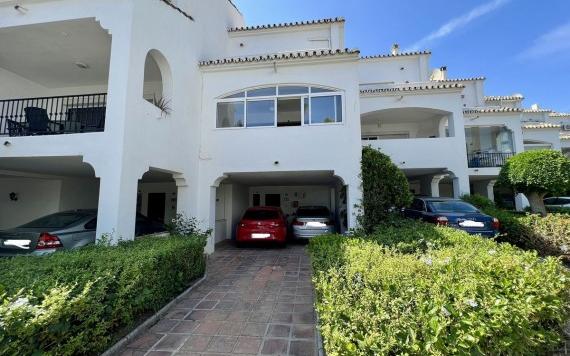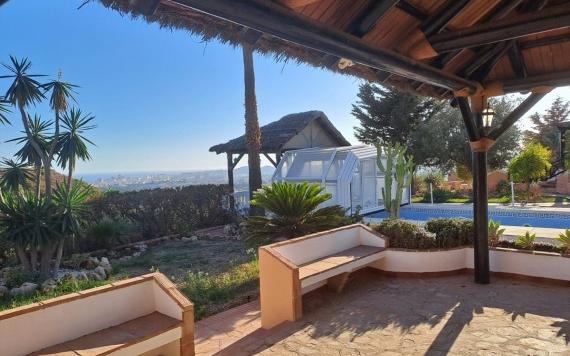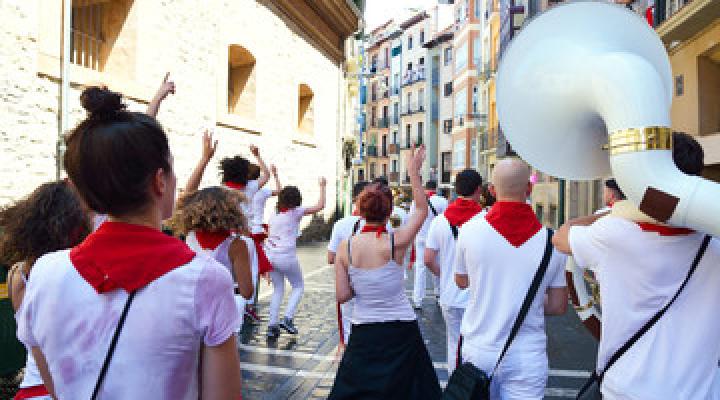
From international music events to local religious celebrations, festivals in Spain are a regular event and a huge part of everyday life for the people living in the country. They can also be a highlight of your trip if you’re visiting the country. No matter what time of year you arrive in Spain, there’s always a festival available to enjoy. Many of these festivals will coincide with Spanish public holidays, whilst others will stand alone and in their own right. With that in mind, here’s our guide to all the best (and the most unusual) Spanish festivals taking place in 2020:
Festivals in January
6 January – Thee Kings Day. Three Kings Day marks the day in which the three kings would have arrived to visit Jesus when he was born, and is a day celebrated across Spain. You’ll find the day is honoured with processions and parades in most major Spanish cities, whilst children across the country will receive gifts and sweets from the kings. In many Spanish families, this is the main gift-giving holiday.
13–21 January- San Sebastian Festival, Majorca and San Sebastian. The San Sebastian Festival celebrates St Sebastian with a riot of bonfires, fireworks and colourful dancing. The festival is one of the most famous winter festivals in Spain, and takes place in the northern city of San Sebastian.
19–20 January - Jarramplas, Cáceres. Ever fancied pelting thousands of hard turnips at a creature representing the devil, in a bid to drive away evil spirits? Then Jarramplas is the right festival for you. The festival takes place in the western village of Piornal, which has a population of around 1,500 people. The festival involves young men taking it in turns to dress up in scary costumes of colorful fabric, a mask and green horns. Underneath they wear body armour to protect them from the turnips!
23–27 January: CutreCon Film Festival, Madrid. Forget the Oscars, terrible films are the focus of this five day festival! Held in Madrid each year, the Cutrecon Film festival will focus on bad acting, terrible scripts and tragic directing in Spanish-speaking films. Several thousand visitors attend every year to enjoy the spectacle.
Festivals in February
1–3 February: The Arizkun Carnival (Jumping the Bonfire), Arizkun, Navarra. Bonfire jumping is the theme of this ancient festival, which is thought to have originated in Pagan times. Locals dress up in scary costumes to jump over bonfires of varying sizes in a bit to ward off evil spirits. It’s a great spectacle to see!
21–24 February: International Animation Festival, Lleida, Catalonia. Another film festival, this time focusing on the art of animation. The festival is open to makers of animated films using a variety of techniques, and over the course of the event attendees can enjoy projections, conferences, workshops and other special activities.
28 February–6 March: Sitges Carnival, Catalonia. In an event that is similar to London’s Gay Pride, Sitges Carnival is an event that brings Catalonia’s gay community together for more than a week of partying, fantastic food, and a world-renowned drag queen show. The two main parades come through the town and the partying continues through the night. The parades are named the Extermination and Debauchery Parades: a clue to the extravagance of the event,. The city arranges extra night buses back to Barcelona for attendees not staying in the city.
Festivals in March
1–19 March: Las Fallas Festival, Valencia. In 2016, Las Fallas Festival was added to the UNESCO cultural heritage list, as a symbol of how cultural significant the event is. High-tech giant-size ninots (puppets or dolls) are shaped into either traditional or modern and iconic figures before being burnt on bonfires all over the city. Humorous, exciting, and a visual spectacle, this is a great event not to be missed.
Festivals in April
14–21 April: Holy Week (Semana Santa), Seville. Easter is a huge event all over Spain, but in nowhere moreso than in Seville, where the Holy Week festival attracts visitors from all over the world. Semana Santa is mainly a series of processions of elaborate floats bearing jewelled statues of Mary and Jesus, penitents wearing pointed hoods, and brass bands. The processions take place for over a week and as a result the whole town has a bustling, celebratory feel thanks to the large number of visitors who turn out for the event.
23 April: Sant Jordi (Saint George) Festival, Barcelona. You might know St George best as the Patron Saint of England, but his is also the patron saint of Catalonia (and many other regions too) This festival celebrates him with romance and is Barcelona’s equivalent to Valentine’s Day. The streets and balconies are clad in Catalonia’s red and yellow flag, the Senyera, and men will traditionally exchange a simple rose for a book from their loved ones.
Festivals in May
4–11 May: Feria de Sevilla, Seville In May the Fair comes to Seville: Spring Far, to be exact. A wonderful way to celebrate the changing of the season and the local culture. Food and drink, music and dancing are the cornerstones of this event, and a small town of public and private tents are erected across the city so that everyone can join in the fun. Traditional flamenco dancers will also parade around the city on horseback, adding an extra Spanish flair and great photo ops.
10–14 May: Fiesta de San Isidro, Madrid. Fiesta de San Isidro is Madrid’s largest festival and focuses on the city’s traditions and on its rich cultural heritage. Many attending will wear the traditional castizo finery and sample tasty delicacies such as thick, steamy broth. Music, dancing, parades and other entertainment are also highlights of the event.
29 May–2 June: Feria de la Manzanilla in Sanlucar de Barrameda. Although it is only conducted in Spanish, this festival is a must for the world’s Sherry aficionados. The locals celebrate their local drink by consuming unhealthy quantities of it: the city is also covered in pretty lights, and the whole event ends with a spectacular fireworks display.
Festivals in June
23 June: El Colacho (Baby Jumping) Festival, Castrillo de Murcia, near Burgos. The annual baby jumping festival truly is a sight to behold! All of the local babies that have been born during the previous twelve months are laid on a mattress in the centre of town. Townspeople then dress in colourful costumes and jump over the infants in a bid to rid them of evil spirits and protect from future illnesses. Its an incredible thing to see in the flesh!
23 June: Night of San Juan, Valencia region. Unlike many traditional Spanish festivals, there are no costumes or parades here. Instead, in this pagan tradition, locals are allowed (for one night only) to ight bonfires on the beach, barbecue and drink. Celebrations last til sunrise, and locals will jump over their bonfires and then run into the sea to make a wish. Bring your own bonfire wood, food and drink, and you’ll be welcome to join in the fun!
29–30 June: Haro Wine Festival. Wine harvest festivals are not unique in Spain, but Haro is significant because it is one of the best. On the 29th June locals will enjoy a large street party, then on the 30th June a wine fight (a wine version of a water fight) is held. Attendees will climb up a nearby mountain and drench each other with rioja using sprays, buckets, water pistols, or whatever they can lay their hands on. The battle moves down the mountain and into the town where dancing and general merrymaking continues, followed by drinking copious quanities of wine, of course!
21 June–12 July: International Festival of Music and Dance, Granada. When you think of Spanish music and dancing, you think of Flamenco, and that’s exactly what this festival celebrates. The most outstanding flamenco performers of our generation will gather to show off their skills, alongside younger and up and coming stars, making this a must visit festival for flamenco fans.
Festivals in July
6–14 July: Running of the Bulls (Fiesta de San Fermín), Pamplona. The most famous of the bull running events in Spain, this festival attracts thrill seekers from all over the world. Why not join the hundreds of thousands of visitors who don white shirts and red bandanas to experience the party. The bravest will line up to join the bull chase, whilst the evening will bring eating, drinking and partying in the city’s squares.
25 July: Feast of St. James, Santiago de Compostela. St James is buried in the cathdral in the town of Santiago de Compostela, and this festival celebrates his life and works. As well as religious events, theater productions, street shows, concerts and dance events are held, making this a a traditional Spanish festival with a twist.
29 July: Near Death Festival, Neves. If you’ve had a brush with death this year then you need to visit Near Death Festival in Neves. Anyone who’s had a close shave in carried through the streets in an open coffin to thank the patron st of death for sparing them.
Festivals in August
15–21 August: Festa Major de Gràcia, Catalonia. The residents of Gracia plan their decorations for the festival all year long, chosing elaborate themes and then hanging their decorations out in the street for the festival. The decorations provide the backdrop for communal lunches and boardgame competitions by day, and concerts, dancing and parties by night.
17–25 August: Aste Nagusia, Bilbao. This festival is hosted in Bibao, northern Spain, and is held at the end of August when a rocket (txupinazo) shoots into the sky and the festival mascot Marijaia makes her appearance on a balcony of the Arriaga Theater. Al of Basque culture is celebrated here, making it the perfect place to visit to discover more about the region’s rich cultural heritage.
28 August: La Tomatina, Buñol, west of Valencia Love tomatoes? Then you’ll love this: it’s Spain’s world-famous tomato throwing festival! Thousands of attendees gather for a battle, using trucks full of overripe tomatoes as their missiles. Prepare to get messy!
Festivals in September
7–8 September: Fiestas de la Mare de Deu de la Salut in Algemesí, Valencia Another Spanish festival that has been awarded a UNESCO Intangible Cultural Heritage designation, this festival dates back to the middle ages and now more than 1,400 people take part in the main parade. Theatre, dancing and music feature heavily, lending a party atmosphere to the whole region.
20–28 September: San Sebastián International Film Festival The San Sebastian International Film Festival is the most important film festival in Spain takes place over a week in the Basque capital.
Dates TBC in September: Fiesta De La Mercè, Barcelona Honouring Our Lady of Mercy, the city’s patron saint, this festival features free music concerts, traditional costumes, fireworks and parades. Visitors can also enjoy the spectacle of traditional Catalan dancing and watch the nail-biting castellers (human towers).
Festivals in October
12 October: Hispanic Day/Columbus Day, throughout Spain Columbus Day is a huge event, celebrating the exact day that famous Spanish explorer Christopher Columbus first arrived in the Americas. The day is celebrated in style throughout the country, and if you’re in Spain in October then the celebrations certainly shouldn’t be missed. A special parade is held in la Plaza de Colon in Madrid, led by the Spanish military and followed by the Spanish Royal Family. The air force will also lead a fly by in the national colours.
Festivals in November
1 November: All Saints’ Day, Cadiz All Saints Day is celebrated in every region of Spain, but the celebrations in Cadiz are so much fun that they’re worthy of note in their own right! That’s because the people of Cadiz celebrate a little differently to everyone else: do wacky things like dress up rabbits and suckling pigs in the market, as well as making dolls out of fruit. The festivities can last a full week, and things seem to get a little madder each year!
29–30 November: San Andres Festival, Puerto de la Cruz, Tenerife Officially the San Andres Festival is a wine festival, but in reality what most people remember is how much noise the locals make whilst banging pots and pans together! The aim seems to be to make as much noise as possible whilst also drinking wine into the early hours of the following morning.
Festivals in December
28 December: Día de los Santos Inocentes, throughout Spain Although held in December, this festival is the equivilent to April Fool’s Day, giving people across Spain the excuse to do crazy things and arrange practical jokes on their friends and family members. The festival originated in Medieval times, as a reference to Kind Herods futile attempt to kill the baby Jesus by massacring thousands of other innocent babies. Now it is just an excuse to have fun with your friends.
28 December: Els Enfarinats, Ibi in Alicante As a ‘spin off’ from the day of the innocents outlined above, in Alicante a group of Els Enfarinats (Flour Men) dressed in mock military uniforms ‘take control’ of the town, make satirical speeches and incite a huge battle with eggs and flour (hence their name). A day of carnival and anarchy, it is a fun and exciting way to extend your traditional holiday period.
Are you thinking of relocating to Spain? Whether you’re looking for a whole new life (and some year-round sun) or simply a holiday home away from home, we’re here to help. Why not get in touch with our local property experts who can turn your dream into a reality today.

 English
English Español
Español Deutsch
Deutsch Français
Français Svenska
Svenska Nederlands
Nederlands Italiano
Italiano Norsk
Norsk Русский
Русский